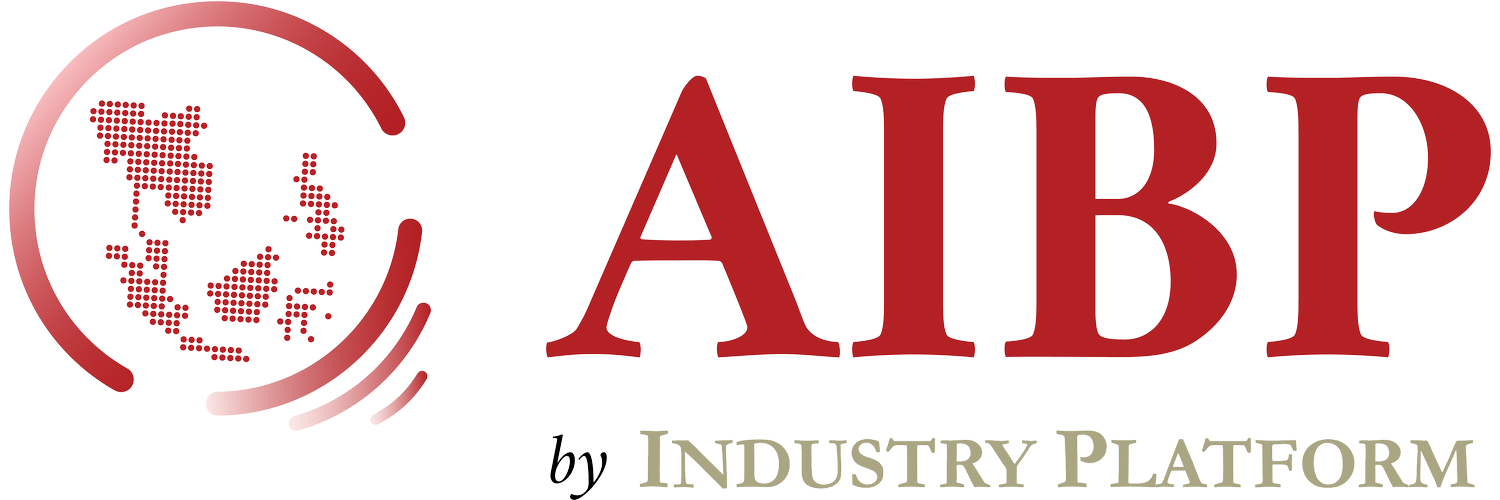Unlocking the Value of IoT Connectivity: Scaling IoT Solutions Simply
The Internet of Things (IoT) ecosystem thrives on interconnected devices, sensors, and systems seamlessly communicating and sharing data. This data exchange fuels insights, automation, and decision-making processes, ultimately enhancing efficiency, productivity, and user experiences.
As part of our work with the Department of Information and Communications Technology Philippines's TechTrends program, we invited Winho Choy from Magnifi Machines to share insights on IoT as part of their Connectivity-as-a-Service portfolio. He simplified IoT into the 3 Cs: Capture, Connect and Compute. In our discussions, we often focus on the "Compute" aspect when identifying IoT applications and use cases.
Today, we'll explore the "Connect" component, which is often overlooked. In this modern age, we expect connectivity to work seamlessly, especially with the myriad of options available. However, not all connectivity solutions are created equal – some were not designed for IoT applications, while others cater to specific scenarios. With an abundance of choices, selecting the right IoT connectivity solution can seem daunting, and sometimes, the most obvious option may not be the best long-term solution.
Comparing IoT Connectivity Solutions
While numerous factors should be considered when choosing an ideal connectivity solution, here are the 10 most common considerations:
Coverage: Ensuring the connectivity solution provides adequate coverage in areas where IoT devices need to be deployed is crucial. Unlike mobile connectivity, where companies often have multiple country-specific contracts with varying terms, pricing, and coverage options, a simplified IoT connectivity plan through a single mobile network operator (MNO) or mobile virtual network operator (MVNO) can ensure global connectivity through a unified platform.
Bandwidth: Different IoT applications have different data transmission requirements. While some may only need low-bandwidth, intermittent data transfers, others may require higher bandwidths for tasks like video streaming or large file transfers. Matching the connectivity solution's bandwidth capabilities to the application's needs is essential.
Data Throughput: Closely related to bandwidth, data throughput refers to the actual amount of data that can be transmitted over the network in a given time. Different connectivity technologies offer varying levels of data throughput, which should align with the application's data transmission requirements.
Cost: The overall cost of deploying and operating an IoT connectivity solution should be evaluated. This includes upfront infrastructure costs, ongoing data costs, and any additional hardware or software components required. Cost-effectiveness is a critical factor, especially for large-scale deployments.
Power Consumption: Many IoT devices are battery-powered or operate in energy-constrained environments. Low-power connectivity solutions can significantly extend battery life, reducing maintenance costs and enabling longer deployments.
Mobility: Some IoT applications involve mobile assets like vehicles or transportation systems. In such cases, connectivity solutions that can maintain seamless connectivity while devices are in motion are necessary.
Latency: Certain IoT applications, such as industrial automation or remote control systems, require low latency for real-time data exchange. Other applications may be less latency-sensitive. Evaluating the connectivity solution's latency characteristics is crucial.
…
To read the rest of the article sign up below:
Article written in partnership with 1NCE and SoftBank.

